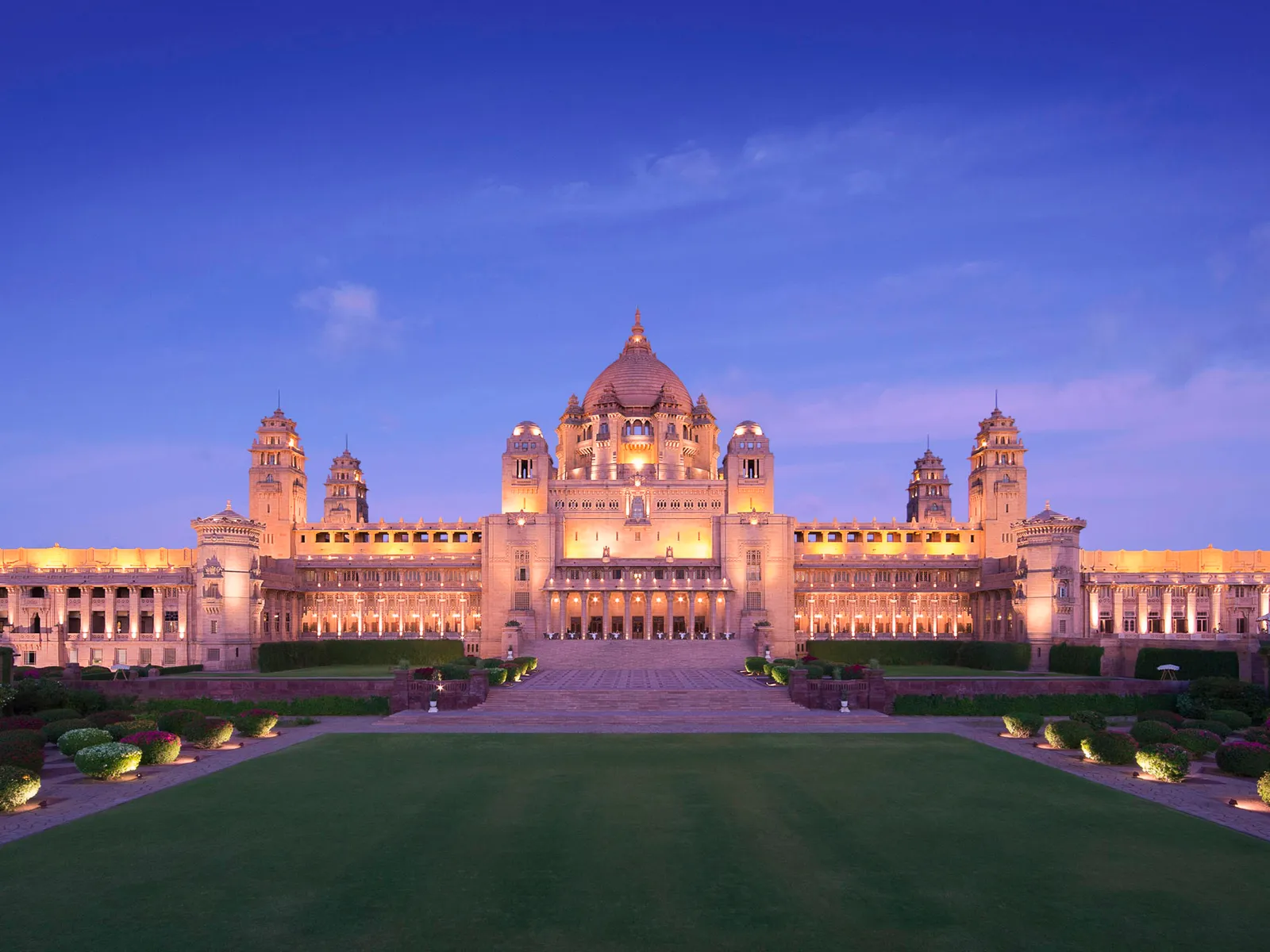Stamp: Versailles: Seasons French national art (France, German Occupation In WWII 1940)
Versailles: Seasons French national art (France, German Occupation In WWII 1940)
01 July (France, German Occupation In WWII ) within release Dunkirk goes into circulation Stamp Versailles: Seasons French national art face value 1.75+0.75 French franc
| Stamp Versailles: Seasons French national art in catalogues | |
|---|---|
| Michel: | Mi: DE-FR 193 |
Stamp is horizontal format.
Overprint type I - top of frame curved at right side. Overprint often placed over two or more stamps due to size, so smaller single stamps may only show part of the overprint. Beware of forgeries. Best collected on piece or on full cover. Expertisation highly recommended. Overprint on Mi: FR 422Also in the issue Dunkirk:
- Stamp - 100th Atlantic Crossing of French Postal Aircraft face value 1.50;
- Stamp - 150th Anniversary of the Revolution: the oath of the Jeu de face value 90;
- Stamp - 150th Anniversary US Constitution, France congratulating USA face value 1.75;
- Stamp - 1939 International Water Exhibition: Machine de Marly face value 2.25;
- Stamp - 75th anniversary of the founding of the Red Cross 1864 face value 90+35;
- Stamp - Avignon- The Palais des Papes and the Pont Bénazet face value 3;
- Stamp - Battleship "The Clemenceau" face value 90;
- Stamp - Breton river face value 2;
- Stamp - Canadian Vimy Monument face value 1.50;
- Stamp - Carcassonne face value 5;
- Stamp - Centenary of Photography 1839. Niépce and Daguerre face value 2.25;
- Stamp - Chamonix-Mont-Blanc F.I.S. face value 1.50;
- Stamp - Clément Ader face value 50;
- Stamp - Congress of Railways Fer.PARIS 1937. Streamlined steam locom face value 1.50;
- Stamp - Fiftieth anniversary of the Eiffel Tower face value 90+50;
- Stamp - Football: World Cup 1938 FIFA - FFFA face value 1.75;
- Stamp - For birth face value 90+60;
- Stamp - For our soldiers face value 1+0.50;
- Stamp - For the unemployed intellectuals - Louis Pasteur face value 1.50+0.50;
- Stamp - For the unemployed intellectuals: Auguste Rodin face value 1+0.10;
- Stamp - For the unemployed intellectuals: Louis Pasteur face value 1.75+0.25;
- Stamp - For the unemployed intellectuals. Auguste Rodin (1840-1917) face value 90+10;
- Stamp - For the unemployed intellectuals. Claude Bernard (1813-1878) face value 2.25+0.25;
- Stamp - For the unemployed intellectuals.Honoré de Balzac face value 90+10;
- Stamp - Globe face value 90;
- Stamp - Globe face value 1.50;
- Stamp - Gregoire de Tours. fourteenth centenary face value 90;
- Stamp - Help for children of unemployed face value 90+35;
- Stamp - International Exhibition of Paris face value 1.50;
- Stamp - Jean Jaurès (1859-1914) face value 1.50;
- Stamp - Jean-Baptiste Charcot. Society of Sea Works face value 90+35;
- Stamp - La Rochelle- Harbour (type III) face value 10;
- Stamp - Lafayette, Washington, "Spirit of St. Louis" face value 1.50;
- Stamp - Le Puy en Velay face value 90;
- Stamp - Lyon: Bridge Guillotière face value 90;
- Stamp - Mermoz, Jean (1901-1936) face value 3;
- Stamp - Miners face value 2.15;
- Stamp - Ministry of PTT. PTT works orphans face value 90+35;
- Stamp - Mont Saint Michel face value 5;
- Stamp - National Monument to the victims of war. Leon Trulin face value 90+35;
- Stamp - Pass road Iseran (Savoy) Alt. 2769 m face value 90;
- Stamp - Pau: The castle and the Gave de Pau face value 90;
- Stamp - Paul Cézanne (1839-1906) painter; self portrait face value 2.25;
- Stamp - PAX: International Rally for Peace in Paris face value 1.50;
- Stamp - Pierre (1859-1906) and Marie (1867-1934) Curie face value 1.75+0.50;
- Stamp - Plane flying over Paris face value 3;
- Stamp - Plane flying over Paris face value 3.50;
- Stamp - Radio for the blind face value 90+25;
- Stamp - René Descartes (1596-1650) Discours sur la méthode face value 90;
- Stamp - St. Malo-the City face value 20;
- Stamp - Tercentenary of the birth of Dom Perignon. Champagne face value 1.75;
- Stamp - The liner Normandie face value 1.50;
- Stamp - To save the human race face value 90+30;
- Stamp - Triumphal Arch of Orange face value 2;
- Stamp - Verdun 1916-1939.Porte Chaussée face value 90;
- Stamp - Versailles: Seasons French national art face value 1.75+0.75;
- Stamp - Visit of British monarchs face value 1.75;
- Stamp - War aid. Marshal Foch face value 1+0.50;
- Stamp - War aid. Marshal Joseph-Simon Gallieni face value 1.50+0.50;
- Stamp - War aid. Woman plowing face value 2.50+0.50;
- Stamp - World Exhibition in New York in 1939. The flag of France face value 2.25;
- Stamp - World Map Showing French Possessions face value 1+0.25;
- Stamp - Congress of B.I.T. face value 50;
- Stamp - For our soldiers face value 1+0.50;
- Stamp - War aid. Marshal Foch face value 1+0.50;
- Stamp - War aid. Marshal Foch face value 1+0.50;
- Stamp - World Map Showing French Possessions face value 1+0.25;
Stamp Versailles: Seasons French national art it reflects the thematic directions:
Art is a diverse range of human activities in creating visual, auditory or performing artifacts (artworks), expressing the author's imaginative or technical skill, intended to be appreciated for their beauty or emotional power. In their most general form these activities include the production of works of art, the criticism of art, the study of the history of art, and the aesthetic dissemination of art. The oldest documented forms of art are visual arts, which include creation of images or objects in fields including painting, sculpture, printmaking, photography, and other visual media. Architecture is often included as one of the visual arts; however, like the decorative arts, or advertising, it involves the creation of objects where the practical considerations of use are essential—in a way that they usually are not in a painting, for example. Music, theatre, film, dance, and other performing arts, as well as literature and other media such as interactive media, are included in a broader definition of art or the arts. Until the 17th century, art referred to any skill or mastery and was not differentiated from crafts or sciences. In modern usage after the 17th century, where aesthetic considerations are paramount, the fine arts are separated and distinguished from acquired skills in general, such as the decorative or applied arts.
A building or edifice is a structure with a roof and walls standing more or less permanently in one place, such as a house or factory. Buildings come in a variety of sizes, shapes and functions, and have been adapted throughout history for a wide number of factors, from building materials available, to weather conditions, to land prices, ground conditions, specific uses and aesthetic reasons. Buildings serve several needs of society – primarily as shelter from weather, security, living space, privacy, to store belongings, and to comfortably live and work. A building as a shelter represents a physical division of the human habitat (a place of comfort and safety) and the outside (a place that at times may be harsh and harmful).
A conference is a meeting, often lasting a few days, which is organized on a particular subject, or to bring together people who have a common interest. Conferences can be used as a form of group decision-making, although discussion, not always decisions, is the primary purpose of conferences. The term derives from the word confer.
A palace is a large residence, often serving as a royal residence or the home for a head of state or another high-ranking dignitary, such as a bishop or archbishop. The word is derived from the Latin name palātium, for Palatine Hill in Rome which housed the Imperial residences
Tourism is travel for pleasure or business; also the theory and practice of touring, the business of attracting, accommodating, and entertaining tourists, and the business of operating tours. Tourism may be international, or within the traveller's country. The World Tourism Organization defines tourism more generally, in terms which go "beyond the common perception of tourism as being limited to holiday activity only", as people "traveling to and staying in places outside their usual environment for not more than one consecutive year for leisure, business and other purposes". Tourism can be domestic or international, and international tourism has both incoming and outgoing implications on a country's balance of payments. Today, tourism is a major source of income for many countries, and affects the economy of both the source and host countries, in some cases being of vital importance.




